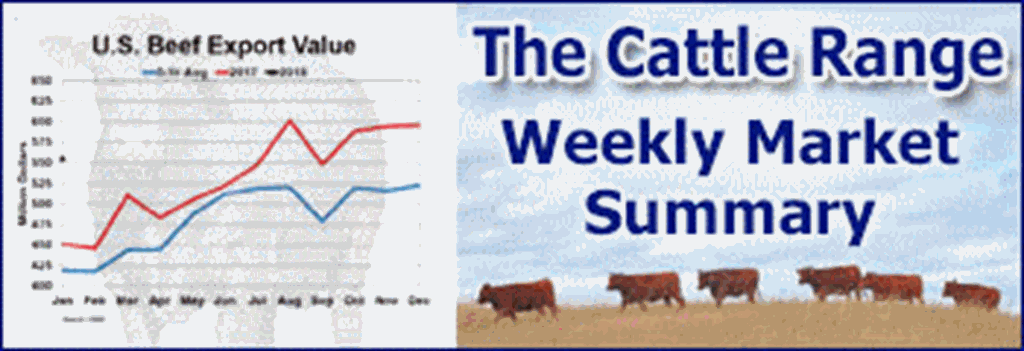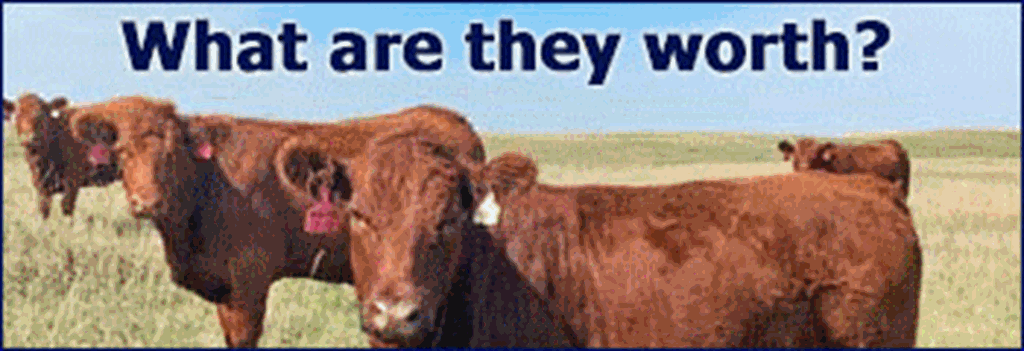Stephen R. Koontz - Department of Agricultural & Resource Economics - Colorado State University
One of the adages that makes analysis of cattle and beef markets so difficult is that the playing out of somewhat observable supply and demand scenarios seems to take so long – possibly twice as long as you might think. That said, the cattle and beef markets appear to be returning to much needed and anticipated normalcy. And certainly – or at least more recognizable – than what we’ve lived with the past two years. There will continue to be lots of talk – and sticker shock – regarding inflation. But the large supplies of fed cattle, exacerbated by COVID supply chain issues, look to be worked out through this summer and into fall.
Beef prices are still strong and seasonally strong for the early summer but are softening, packer margins are shrinking but still large, the weekly kill is still very strong, and slaughter weights continue the seasonal decline and are perhaps more so than seasonal norms. Saturday slaughter is strong but below last year and weekly steer and heifer FI slaughter remains strong. Packers appear to be well-crewed, and a huge Saturday kill is not key to a strong weekly volume. These weekly kill numbers were key for market prices over the coming weeks. Short kills and weak prices while heavy kills allowed for stronger fed cattle prices.
High prices and strong volumes translate into solid domestic demand. In this environment it is not surprising at exports of beef – to some destinations – are softer and that imports are higher. It appears that lean beef was needed for blending with fed trimmings for the domestic ground beef market. And export sales to China continue to be bright spot while taking market share from traditional customers.
Beef cow slaughter for the year is nothing short of aggressive. Weekly slaughter for this year is 15% above the high rates of one ago. Interestingly the northern and central plains – and the northern mountain region – received good perception over the past week. It will take a few weeks to impact crop progress but was not anticipated in seasonal forecasts. Pasture conditions are nothing short of horrible with 39% in the very poor and 20% in the poor categories. And it’s worse in Texas. But it is one step in the right direction for forage conditions. The coming weeks will be interesting to watch. The tightening supply situation is clearly in process and will take some years to materialize. While many eyes are on the corn and bean markets, cooler and wetter weather conditions are in some sense good news for the cattle markets and producers.
The Markets
What does the technical picture say? Right after my last ITCM, of course, the technicals changed rather sharply. The situation that was observed in the nearby contracts as extended into the deferred contracts. The up trends that have been observed over the prior year have been broken. This is a sell signal and clearly communicates the marketplace has exhausted its up move. There will have to be a change in the supply situation for improved prices. Feeder cattle have experienced a double whammy. The live cattle market is communicating a top and feeding costs are pricing in $7.50 DEC corn for this summer, $7 at harvest, and $6.25 for 2023. Opportunities will be limited, and cattle producers need to move up their timeline for risk management related pricing. The market has exhausted its up move for this summer. Opportunities now look limited. Rallies to resistance should be considered selling opportunities.











